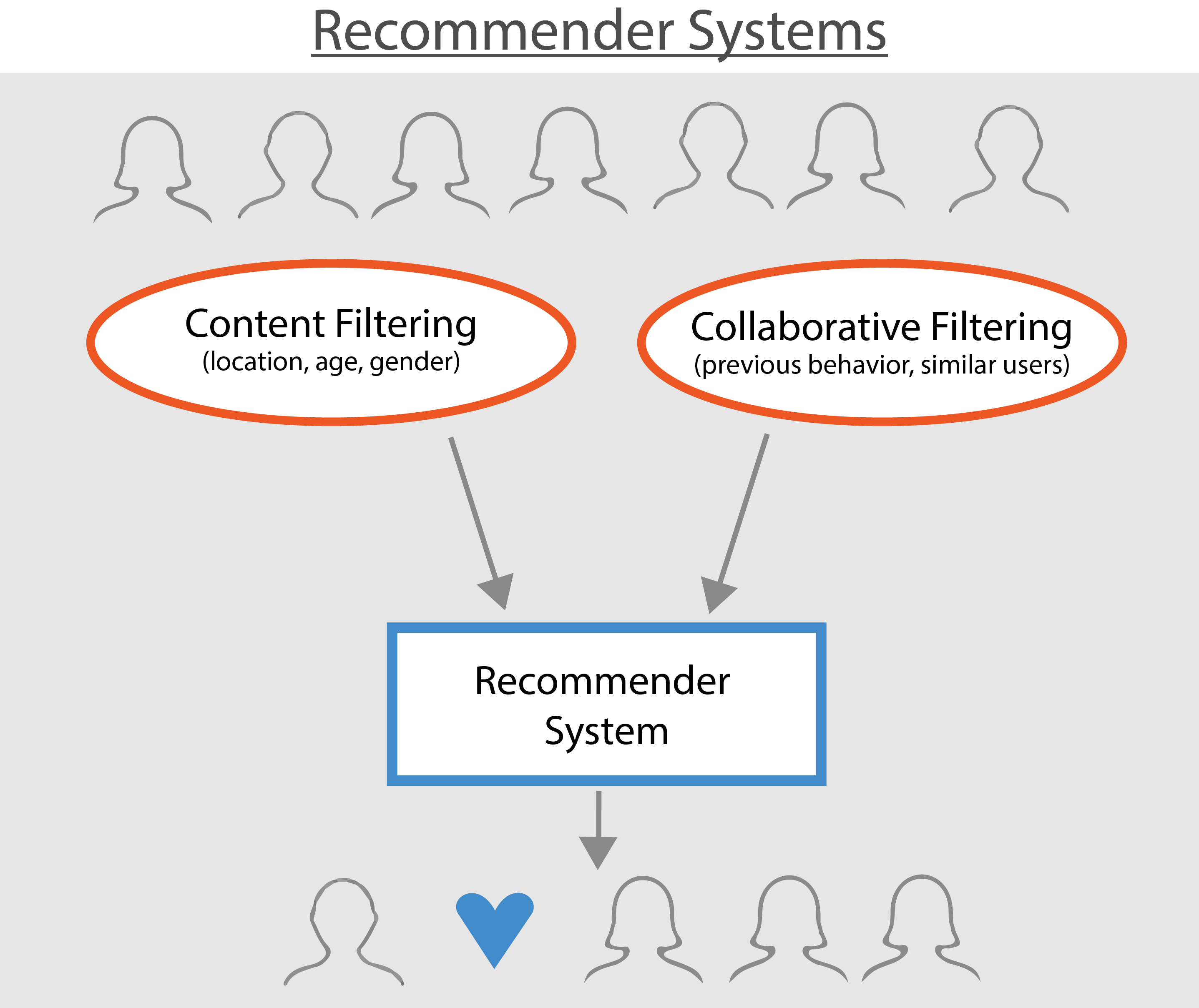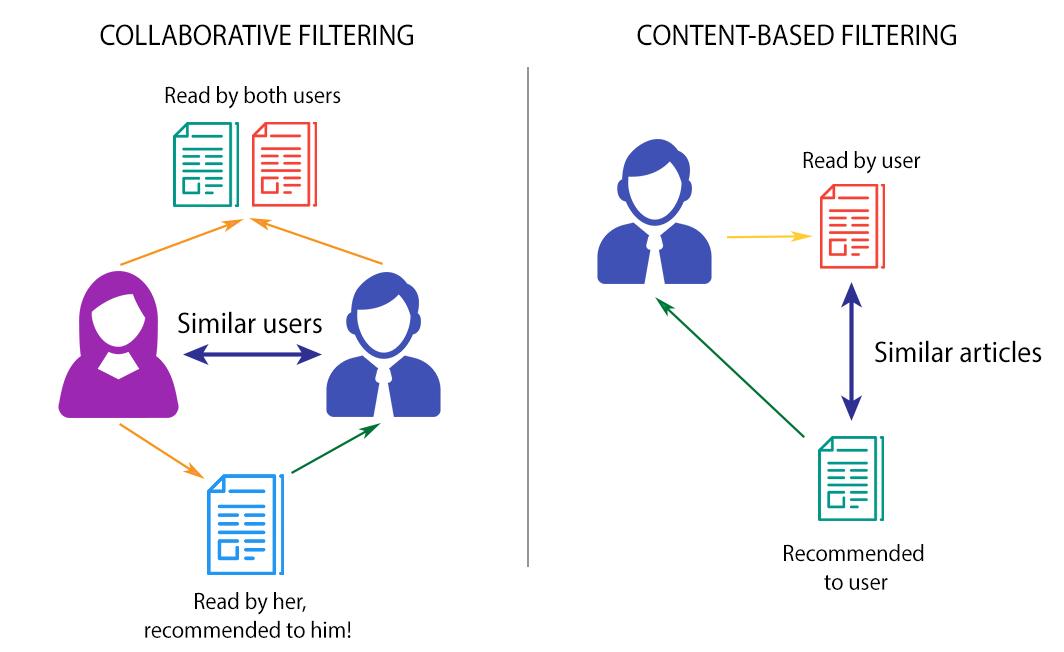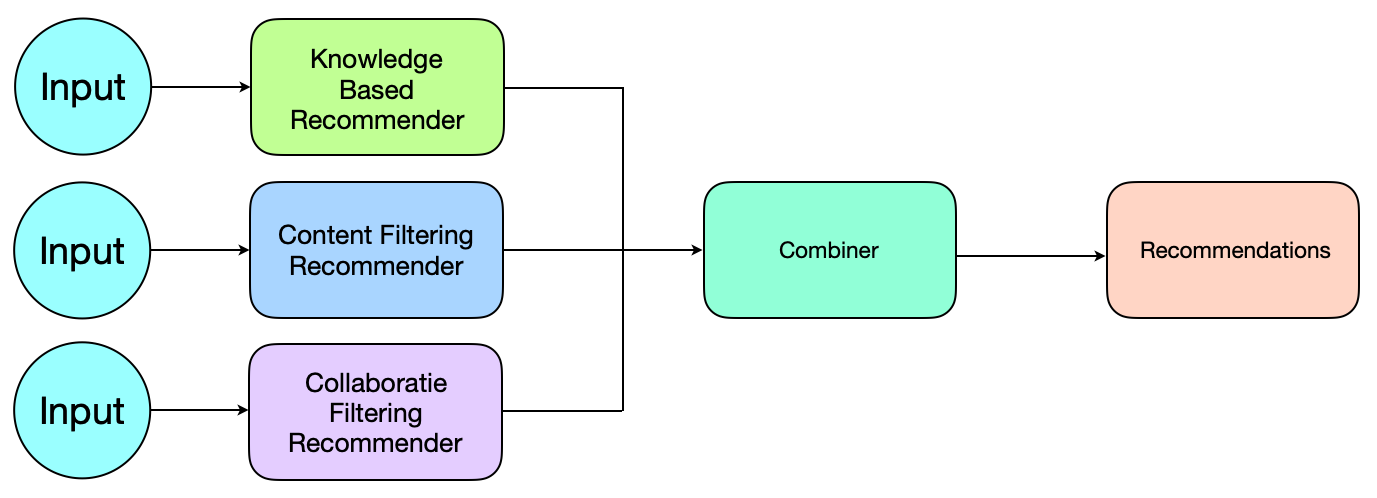What Is Recommendation Engine and How Does It Work?
- Data, AI & Analytics
What Is Recommendation Engine and How Does It Work?
Recommendation engines are everywhere these days. In fact, some of the biggest brands we engage with every day are built around one, including Netflix, Amazon, Google, and Goodreads. Thirty-five percent of purchases on Amazon come from product recommendations. So, what is a recommendation engine, and how does it work?
What is a recommendation engine?
A product recommendation engine is a solution based on an algorithm that allows providing a suggestion of a relevant product to a particular user.
Thanks to the use of artificial intelligence and machine learning technologies, the engine is able to select recommendations in such a way that they will be liked by a specific user with a high mathematical probability.
In other words, the AI recommendation engine generates a personalized set of recommendations that is tailored to the expectations, needs, habits, and interests of the user

How Does a Recommendation Engine Work?
A Recommendation engine works using a combination of data and machine learning technology. Recommendation engines need to know you better to be effective with their suggestion.
It uses specialized algorithms and techniques that can support even the largest of product catalogs. Driven by an orchestration layer, the recommendation engine can intelligently select which filters and algorithms to apply in any given situation for a specific customer. It allows marketers to maximize conversions and also their average order value.
Typically, it processes data through below four phases:-
- Data Collection:-The first and most important step for creating a recommendation engine is to gather data. It is mainly of two types:-
- Explicit Data:- It is information which was provided intentionally, like:- ratings, comments, etc.
- Implicit Data:- It is information which was provided unintentionally, like:- clicks, order history, cart events etc.
- Data Storage:- The type of data you use to create a recommendation engine plays an important role to decide which type storage we should use. For example:- SQL Database, NoSQl Database, etc.
The larger the data we gather, the better the recommendations will be. For example:- If a user gives so many ratings to movies then the recommendation system will be able to predict better movies according to the user’s interest.
- Data Analyzing:-Now we have the data but how do we find items that have similar user engagement data? So, we filter the data by using different analysis methods.
Some of them are batch analysis, real-time analysis, or near-real-time system analysis.
- Data Filtering:-The final step is filtering. Different matrixes or mathematical rules and formulas are applied to the data depending on whether collaborative, content-based, or hybrid model recommendation filtering is being used. The outcome of this filtering is the recommendations.
What Are the Types of Recommendation Engines?
There are mainly three essential types of recommendation engines:-
-
Content-Based Filtering:-
Content-based filtering methods are mainly based on the description of an item and a profile of the user’s preferred choices. In content-based filtering, keywords are used to describe the items, whereas a user profile is built to state the type of item this user likes.
For example, if a user likes to watch movies such as Hera Pheri, then the recommender system recommends movies of the comedy genre or movies of Akshay Kumar.
The logic behind the content-based filtering is that if you like an item, you will also like a similar item. This approach has its roots mainly in information retrieval and information filtering research.

-
Collaborative Filtering:-
Collaborative filtering focuses on collecting and analyzing data on user behavior, activities, and preferences, to predict what a person will like, based on their similarity to other users.
To plot and calculate these similarities, collaborative filtering uses a matrix style formula. An advantage of collaborative filtering is that it doesn’t need to analyze or understand the content (products, films, books). It simply picks items to recommend based on what they know about the user.
For example, if user X likes MovieA, MovieB, and MovieC while user Y likes MovieA, MovieB, and MovieD, they have similar interests. So, there is a high probability that X would like MovieD and Y would enjoy MovieC. It is how collaborative filtering is done.
The two types of collaborative filtering techniques are –
- User-User collaborative filtering
- Item-Item collaborative filtering
One of the main advantages of the collaborative filtering approach is that it can recommend complex items accurately, such as movies, without requiring an understanding of the item itself as it does not depend on machine analyzable content.
-
Hybrid Model:-
Hybrid Recommendation engines are essentially the combination of diverse rating and sorting algorithms. For instance, a hybrid recommendation engine could use collaborative filtering and product-based filtering in tandem to recommend a broader range of products to customers with accurate precision. Netflix is the best example of a hybrid recommendation system.

In conclusion, recommendation systems are increasingly integrating into all walks of human life and decision-making processes. This phenomenon is no different in other industries, especially consumer-facing companies, where information overload, rising client expectations and cost reduction are driving ever more instances of recommendation engines. Ultimately, it serves as both a tool to improve the client experience and maximize the efficiency of advisors.
Related content
Auriga: Leveling Up for Enterprise Growth!
Auriga’s journey began in 2010 crafting products for India’s
